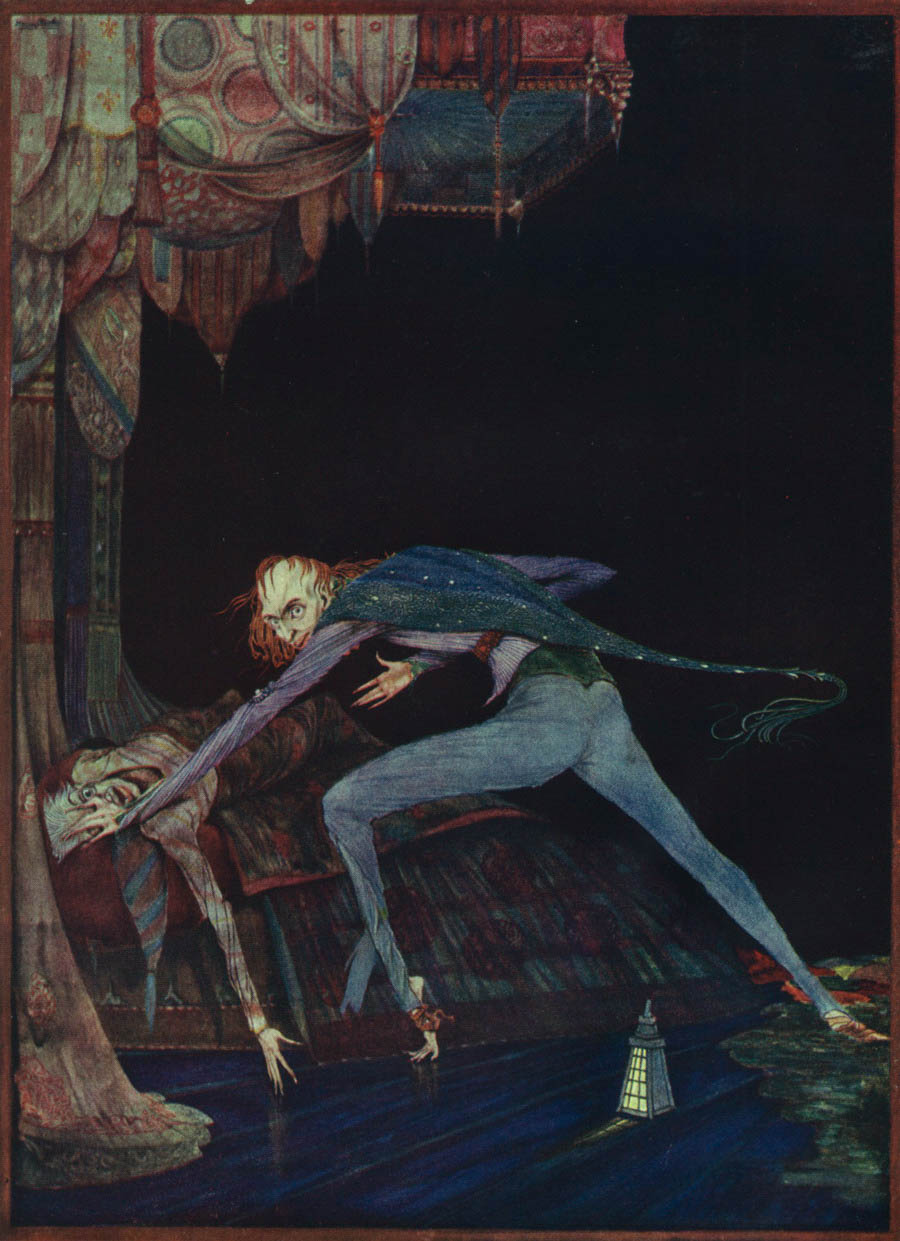|
Inner Sanctum Mystery
''Inner Sanctum Mystery'', also known as ''Inner Sanctum'', is a popular old-time radio program that aired from January 7, 1941, to October 5, 1952. It was created by producer Himan Brown and was based on the imprint given to the mystery novels of Simon & Schuster. In all, 526 episodes were broadcast. Simon & Schuster series In 1930, the first title was published in Simon & Schuster's "Inner Sanctum" mystery series: ''I Am Jonathan Scrivener'' by Claude Houghton. Although the imprint "Inner Sanctum" also included serious drama (published with blue covers) and romance (published with red covers), for the most part it was associated with mysteries (published in green covers). Lee Wright was the editor of the series, and over the years she introduced such authors as Craig Rice, Gypsy Rose Lee, Patrick Quentin, Thomas Sterling and Anthony Boucher. Horror hosts On January 7, 1941, the ''Inner Sanctum'' radio program premiered, the name licensed by Simon & Schuster on condition th ... [...More Info...] [...Related Items...] OR: [Wikipedia] [Google] [Baidu] |
Radio Drama
Radio drama (or audio drama, audio play, radio play, radio theatre, or audio theatre) is a dramatized, purely acoustic performance. With no visual component, radio drama depends on dialogue, music and sound effects to help the listener imagine the characters and story: "It is auditory in the physical dimension but equally powerful as a visual force in the psychological dimension." Radio drama includes plays specifically written for radio, docudrama, dramatized works of fiction, as well as plays originally written for the theatre, including musical theatre, and opera. Radio drama achieved widespread popularity within a decade of its initial development in the 1920s. By the 1940s, it was a leading international popular entertainment. With the advent of television in the 1950s radio drama began losing its audience. However, it remains popular in much of the world. Recordings of OTR ( old-time radio) survive today in the audio archives of collectors, libraries and museums, as w ... [...More Info...] [...Related Items...] OR: [Wikipedia] [Google] [Baidu] |
Anthology Series
An anthology series is a radio, television, video game or film series that spans different genres and presents a different story and a different set of characters in each different episode, season, segment, or short. These usually have a different cast in each episode, but several series in the past, such as '' Four Star Playhouse'', employed a permanent troupe of character actors who would appear in a different drama each week. Some anthology series, such as ''Studio One'', began on radio and then expanded to television. Etymology The word comes from Ancient Greek ἀνθολογία (''anthología'', “flower-gathering”), from ἀνθολογέω (''anthologéō'', "I gather flowers"), from ἄνθος (''ánthos'', "flower") + λέγω (''légō'', "I gather, pick up, collect"), coined by Meleager of Gadara circa 60 BCE, originally as Στέφανος (στέφανος (''stéphanos'', "garland")) to describe a collection of poetry, later retitled anthology – se ... [...More Info...] [...Related Items...] OR: [Wikipedia] [Google] [Baidu] |
Claude Rains
William Claude Rains (10 November 188930 May 1967) was a British actor whose career spanned almost seven decades. After his American film debut as Dr. Jack Griffin in ''The Invisible Man'' (1933), he appeared in such highly regarded films as ''The Adventures of Robin Hood'' (1938), ''Mr. Smith Goes to Washington'' (1939), '' The Wolf Man'' (1941), '' Casablanca'' and ''Kings Row'' (both 1942), ''Notorious'' (1946), '' Lawrence of Arabia'' (1962), and ''The Greatest Story Ever Told'' (1965). He was a Tony Award-winning actor and was a four-time nominee for the Academy Award for Best Supporting Actor. Rains was considered to be "one of the screen's great character stars" From McFarlane's ''Encyclopedia of British Film'', London: Methuen/BFI, 2003, p.545 who was, according to the ''All-Movie Guide'', "at his best when playing cultured villains". During his lengthy career, he was greatly admired by many of his acting colleagues, such as Bette Davis, Vincent Sherman, Ronald Neame, ... [...More Info...] [...Related Items...] OR: [Wikipedia] [Google] [Baidu] |
Paul Lukas
Paul Lukas (born Pál Lukács; 26 May 1894 – 15 August 1971) was a Hungarian actor. He won the Academy Award for Best Actor, and the first Golden Globe Award for Best Actor – Motion Picture Drama for his performance in the film '' Watch on the Rhine'' (1943), reprising the role he created on the Broadway stage. Biography Lukas was born Pál Lukács in Budapest into a Jewish family, the son of Adolf Munkácsi and Mária Schneckendorf. He was later adopted by Mária (née Zilahy) and János Lukács, an advertising executive. Lukas made his stage debut in Budapest in 1916 and his film debut in 1917. At first, he played elegant, smooth womanizers, but increasingly he became typecast as a villain. He had a successful stage and film career in Hungary, Germany, and Austria, where he worked with Max Reinhardt. He arrived in Hollywood in 1927 and became a naturalized citizen of the United States in 1937. In 1935 he built a home near the new Racquet Club of Palm Springs, Cal ... [...More Info...] [...Related Items...] OR: [Wikipedia] [Google] [Baidu] |
Peter Lorre
Peter Lorre (; born László Löwenstein, ; June 26, 1904 – March 23, 1964) was a Hungarian and American actor, first in Europe and later in the United States. He began his stage career in Vienna, in the Austro-Hungarian Empire, before moving to Germany where he worked first on the stage, then in film in Berlin in the late 1920s and early 1930s. Lorre caused an international sensation in the Weimar Republic-era film '' M'' (1931), directed by Fritz Lang, in which he portrayed a serial killer who preys on little girls. Of Jewish descent, Lorre left Germany after Adolf Hitler and the Nazi Party came to power. His second English-language film, following the multiple-language version of ''M'' (1931), was Alfred Hitchcock's '' The Man Who Knew Too Much'' (1934), made in the United Kingdom. Eventually settling in Hollywood, he later became a featured player in many Hollywood crime and mystery films. In his initial American films, ''Mad Love'' and ''Crime and Punishment'' (both 193 ... [...More Info...] [...Related Items...] OR: [Wikipedia] [Google] [Baidu] |
Helen Hayes
Helen Hayes MacArthur ( Brown; October 10, 1900 – March 17, 1993) was an American actress whose career spanned 80 years. She eventually received the nickname "First Lady of American Theatre" and was the second person and first woman to have won an Emmy, a Grammy, an Oscar, and a Tony Award (an EGOT). She was also the first person to win the Triple Crown of Acting; to date, the only other person to have accomplished both is Rita Moreno. Hayes also received the Presidential Medal of Freedom, America's highest civilian honor, from President Ronald Reagan in 1986. In 1988, she was awarded the National Medal of Arts. The annual Helen Hayes Awards, which have recognized excellence in professional theatre in greater Washington, DC, since 1984, are her namesake. In 1955, the former Fulton Theatre on 46th Street in New York City's Theater District was renamed the Helen Hayes Theatre. When that venue was torn down in 1982, the nearby Little Theatre was renamed in her honor. Helen Haye ... [...More Info...] [...Related Items...] OR: [Wikipedia] [Google] [Baidu] |
Mary Astor
Mary Astor (born Lucile Vasconcellos Langhanke; May 3, 1906 – September 25, 1987) was an American actress. Although her career spanned several decades, she may be best remembered for her performance as Brigid O'Shaughnessy in '' The Maltese Falcon'' (1941). Astor began her long motion picture career as a teenager in the silent movies of the early 1920s. When talkies arrived, her voice was initially considered too masculine and she was off the screen for a year. After she appeared in a play with friend Florence Eldridge, film offers returned, and she resumed her career in sound pictures. In 1936, Astor's career was nearly destroyed by scandal. She had an affair with playwright George S. Kaufman and was branded an adulterous wife by her ex-husband during a custody fight over their daughter. Overcoming these stumbling blocks in her private life, she went on to greater film success, eventually winning an Academy Award for Best Supporting Actress for her portrayal of concert ... [...More Info...] [...Related Items...] OR: [Wikipedia] [Google] [Baidu] |
Bela Lugosi
Béla Ferenc Dezső Blaskó (; October 20, 1882 – August 16, 1956), known professionally as Bela Lugosi (; ), was a Hungarian and American actor best remembered for portraying Count Dracula in the 1931 horror classic ''Dracula'', Ygor in '' Son of Frankenstein'' (1939) and his roles in many other horror films from 1931 through 1956. Lugosi began acting on the Hungarian stage in 1902. After playing in 172 different productions in his native Hungary, Lugosi moved on to appearing in Hungarian silent films in 1917. He had to suddenly emigrate to Germany after the failed Hungarian Communist Revolution of 1919 because of his former socialist activities (organizing a stage actors' union), leaving his first wife in the process. He acted in several films in Weimar Germany, before arriving in New Orleans as a seaman on a merchant ship, then making his way north to New York City and Ellis Island. In 1927, he starred as Count Dracula in a Broadway adaptation of Bram Stoker's novel, ... [...More Info...] [...Related Items...] OR: [Wikipedia] [Google] [Baidu] |
Boris Karloff
William Henry Pratt (23 November 1887 – 2 February 1969), better known by his stage name Boris Karloff (), was an English actor. His portrayal of Frankenstein's monster in the horror film ''Frankenstein'' (1931) (his 82nd film) established him as a horror icon, and he reprised the role for the sequels '' Bride of Frankenstein'' (1935) and '' Son of Frankenstein'' (1939). He also appeared as Imhotep in '' The Mummy'' (1932), and voiced the Grinch in, as well as narrating, the animated television special of Dr. Seuss' '' How the Grinch Stole Christmas!'' (1966), which won him a Grammy Award. Aside from his numerous film roles (174 films), Karloff acted in many live stage plays and appeared on dozens of radio and television programs as well. For his contribution to film and television, Karloff was awarded two stars on the Hollywood Walk of Fame on 8 February 1960. Early life Karloff was born William Henry Pratt on 23 November 1887, [...More Info...] [...Related Items...] OR: [Wikipedia] [Google] [Baidu] |
The Tell-Tale Heart
"The Tell-Tale Heart" is a short story by American writer Edgar Allan Poe, first published in 1843. It is related by an unnamed narrator who endeavors to convince the reader of the narrator's sanity while simultaneously describing a murder the narrator committed. The victim was an old man with a filmy pale blue "vulture-eye", as the narrator calls it. The narrator emphasizes the careful calculation of the murder, attempting the perfect crime, complete with dismembering the body in the bathtub and hiding it under the floorboards. Ultimately, the narrator's actions result in hearing a thumping sound, which the narrator interprets as the dead man's beating heart. The story was first published in James Russell Lowell's ''The Pioneer'' in January 1843. "The Tell-Tale Heart" is often considered a classic of the Gothic fiction genre and is one of Poe's best known short stories. The specific motivation for murder (aside from the narrator's hatred of the old man's eye), the relationship ... [...More Info...] [...Related Items...] OR: [Wikipedia] [Google] [Baidu] |
Lipton
Lipton is a British brand of tea, owned by Ekaterra. Lipton was also a supermarket chain in the United Kingdom, later sold to Argyll Foods, after which the company sold only tea. The company is named after its founder, Sir Thomas Lipton, who founded it in 1890. The Lipton ready-to-drink beverages are sold by "Pepsi Lipton International", a company jointly owned by Ekaterra and PepsiCo. They also make soup, but this is not as widespread. History Origins In 1871, Thomas Lipton (1848–1931) of Glasgow, Scotland, used his small savings to open his own shop, and by the 1880s the business had grown to more than 200 shops. In 1929, the Lipton grocery retail business was one of the companies that merged with Home and Colonial Stores, Maypole Dairy Company, Vyes & Boroughs, Templetons, Galbraiths & Pearks to form a food group with more than 3,000 shops. The group traded in the high street under various names, but was registered on the UK stock market as Allied Suppliers. Lipton's bec ... [...More Info...] [...Related Items...] OR: [Wikipedia] [Google] [Baidu] |
The Mysterious Traveler
''The Mysterious Traveler'' was an anthology radio series, a magazine, and a comic book. All three featured stories which ran the gamut from fantasy and science fiction to straight crime dramas of mystery and suspense. Radio Written and directed by Robert Arthur and David Kogan, the radio series was sponsored by Adam Hats. It began on the Mutual Broadcasting System, December 5, 1943, continuing in many different time slots until September 16, 1952. The lonely sound of a distant locomotive heralded the arrival of the sinister narrator (portrayed by Maurice Tarplin), who introduced himself each week in the following manner: :This is the Mysterious Traveler, inviting you to join me on another journey into the strange and terrifying. I hope you will enjoy the trip, that it will thrill you a little and chill you a little. So settle back, get a good grip on your nerves and be comfortable—if you can! Cast members included Jackson Beck, Lon Clark, Roger DeKoven, Elspeth Eric, Wendell ... [...More Info...] [...Related Items...] OR: [Wikipedia] [Google] [Baidu] |
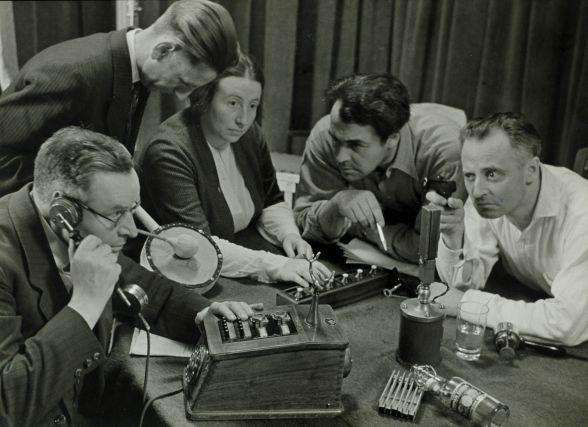

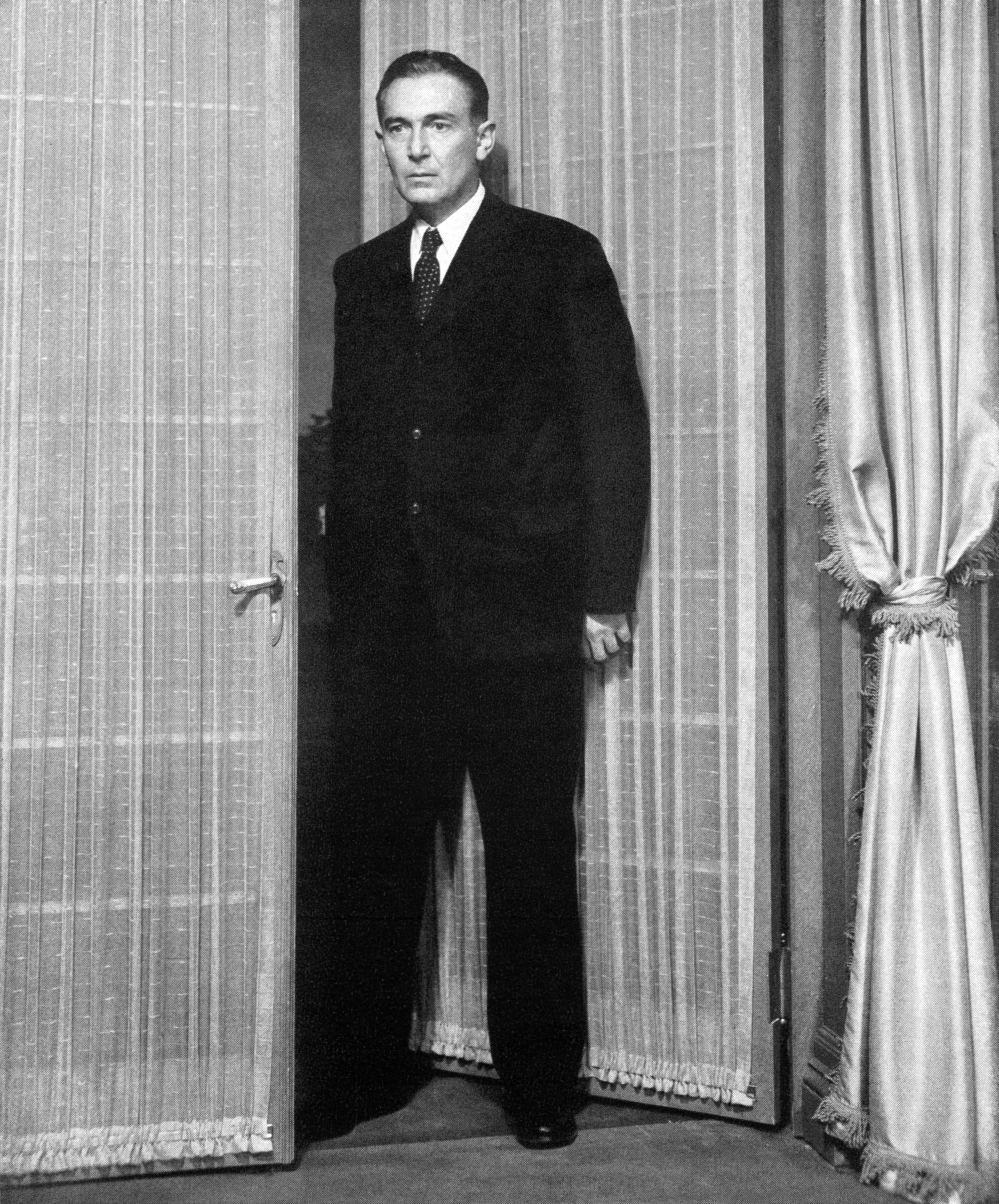
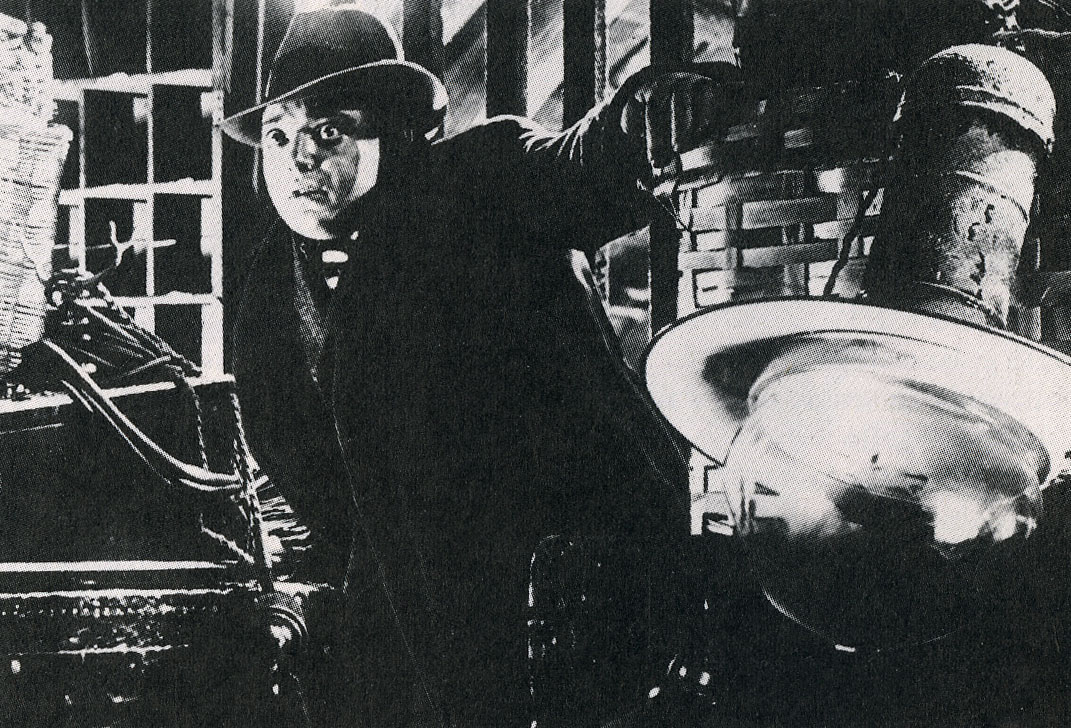


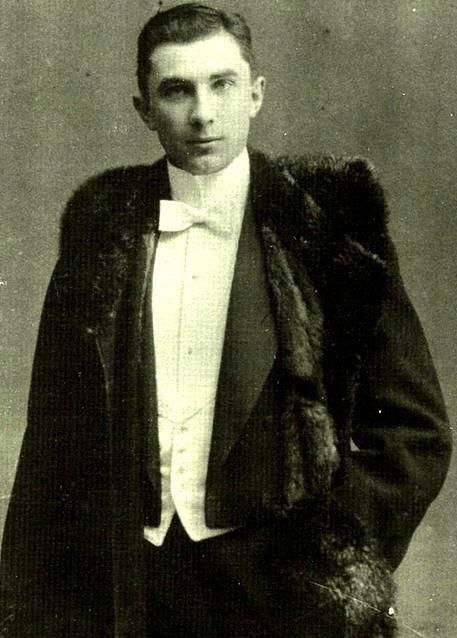
.jpg)
